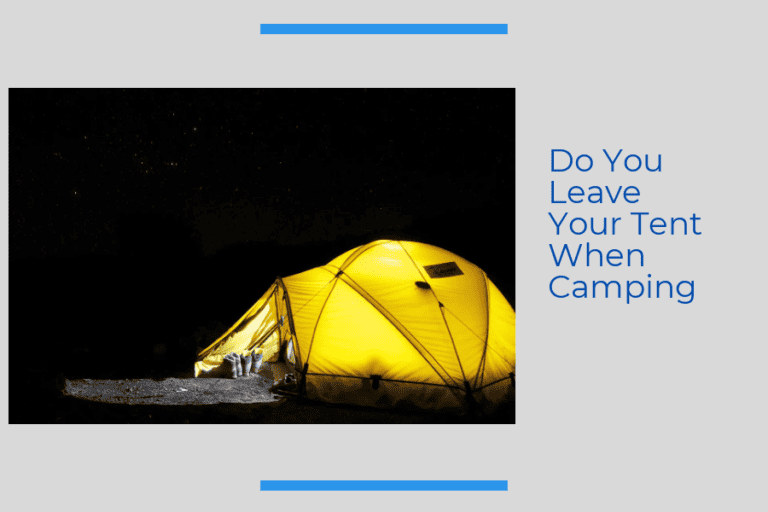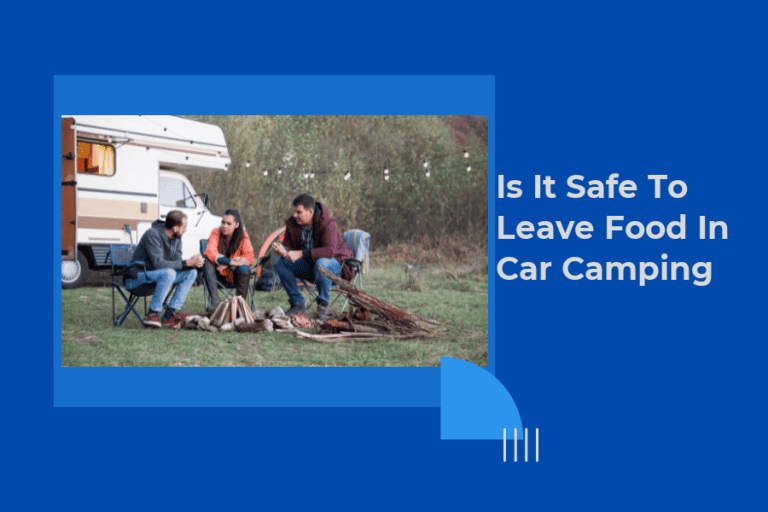do camping gas canisters expire
With the growing popularity of outdoor camping, many campers are starting to use more and more of the amenity. This has led to a spike in RV parks, campsites, and private camps that offer these types of amenities.
However, with this spike in demand comes a conundrum; how do you make sure that the gas you’re providing to your guests is properly stored? As it turns out, proper storage of your camping gas canisters is essential if you want them to last as long as possible. If you don’t take good care of them, they will quickly lose their capacity to maintain pressure inside the cylinder and become useless.
In this blog post we’ll discuss the pros and cons of using gas versus liquid for your camping trips and what factors you should consider when making your choice. We’ll also address some common questions regarding whether or not storing canisters outdoors is safe, what kind of containers to use, and how often you should check on their condition.
What is camping gas?
Camping gas is a fuel for your small engine, typically in the form of canisters. It can be purchased at many outdoor stores and comes in a variety of flavors, depending on the type of machine that you have.
In the past, people would use liquid petrol to power their small engines but it was found to cause pollution because it would evaporate. For this reason, camping gas has become more popular as it doesn’t evaporate like liquid petrol does.
Canisters are also easy to transport and take up less space than liquid petrol canisters do. They are also much cheaper than liquid petrol canisters. However, there is one big downside to using camping gas: they usually don’t come with instructions on how long they should last before needing to be replaced.

How do you keep your camping gas dry?
While some campers prefer using liquid for their camping trips, others often prefer to use gas. The primary benefit of gas is that it is more efficient because the small amount of liquid doesn’t require the same amount of space as the gas in a canister. However, another benefit is that gas is reusable and lasts much longer than liquid fuel.
Many camping enthusiasts are also concerned with storing their camping gas canisters outside, especially if they’re in an area that’s prone to extreme weather. In these cases, people will often store their canisters under tarps or other types of coverings to keep them out of harm’s way.
There are pros and cons to using both gas and liquid for your camping trips; so before you make your choice, consider what factors you’re most concerned about when making your decision. Gas is more efficient but requires storage space under tarps or other coverings while liquid requires less storage space but isn’t as efficient (and requires extra care during storage).
One consideration you should make before choosing which fuel to use is how often you expect to use it during the duration of your trip, since this makes up a large part of whether or not either type will be worth your time and money.
When should you use gas canisters?
There are a few different types of camping gas canisters that you can use. The first is liquid gas, which you fill up at a gas station. If your campsite doesn’t have a hookup to the latest clean-burning propane appliances, this is your best bet. However, liquid gas has its own set of risks in terms of safety and environmental impact.
The second type is the camping gas canister. This type of camping supplies are cylinders that contain fuel inside and must be pumped into a burner before use. The good part about these canisters is that they are refillable; you will simply need to replace the cylinder after it has been used multiple times.
The third type is compressed gas cartridges; these typically come with a pre-filled container that you insert into an appliance or torch as needed for fuel supply. In addition, they tend to be cheaper than other types of camping supplies and often require less refilling than others on a long trip. They also offer more power and efficiency than other types of canisters if you happen to decide to use them for cooking over an open flame as well as during emergencies such as power outages or low temperatures when using propane heaters or stoves without proper ventilation.
Beyond the three types mentioned above, there are also several different kinds of camping gases available as well; some examples include butane/propane/butane blends and oxygen mixes, which provide specific benefits depending on how they’re
Storage of dry gas canisters
Dry gas canisters are the most convenient and flexible type of gas to use in an outdoor setting. They are lightweight, easy to transport, and offer a wide variety of uses. The downside of this type of gas is that they must be stored properly or they will lose their effectiveness over time.
The process for storing these canisters is straightforward but simple. First, make sure that you’re storing your canisters in a dry area where there is no chance of any moisture getting into the cylinder. This includes areas with high humidity like basements, attics, and garages that lack air circulation.
Be sure to keep your storage area at around 75 degrees Fahrenheit as this temperature preserves the cylinders for longest possible life span. Second, make sure that containers are placed on their sides when not in use so gasses don’t escape from them through the valve hole.
After filling up the cylinder with gas, place it back into its storage container for maximum protection from oxygen and moisture.
Storage of wet gas canisters
One of the most important things to consider when deciding whether or not you should store your gas canisters as wet gas is safety. It’s important that you keep your family and your guests safe.
If you choose to store your dry gas canisters outside, make sure that they are properly secured and out of reach from children and animals. You should also make sure to have the appropriate warning signs posted if you have a large quantity of wet canisters stored outside so people will be aware of them.
If you store too many of these items in one place, there is a substantial risk that someone could accidentally come into contact with the gas inside. On the other hand, storing a wet gas canister indoors has its own set of risks.
Wet canisters would need to be stored away from sources of heat and sunlight which could cause them to degrade more quickly. Make sure to take this into account before making your decision on where to store them so that you don’t end up with a situation where your cans aren’t usable by their expiration date.
Summing up
So, to sum up, gas provides two important benefits over liquid fuels; it burns hotter and it produces more heat per unit volume.
These two advantages help increase efficiency in camp stoves. They also provide more fuel for cooking and heating water.
Pros of Gas:
• Canisters are lighter than liquid fuels
• More efficient at maintaining pressure inside the cylinder
• Produces more heat per unit volume
Cons of Gas:
• Slightly more costly than liquids
• Under pressure gas can cause a buildup of CO2 which is harmful to human health
FAQs
What are the benefits of proper gas storage?
Proper gas storage is essential if you want your camping gass to last as long as possible. Gas cylinders used for camping should be kept in a dry area and stored horizontally to prevent punctures and leaks. It is also important to properly tighten the caps on the gas cylinders to prevent gas leaking out of them.
In addition, storing your gas cylinders at above freezing temperatures can actually extend their storage life. Exposure to extreme cold can also increase their UV protection so they don’t degrade as quickly as they would at room temperature.
What are the causes of gas canisters not holding pressure?
There are a few causes of a gas canister not holding pressure.
These include the following:
1. The valve on the side of the cylinder that allows you to adjust the pressure isn’t functioning properly.
2. The gas canister is damaged internally or externally.
3. The fitting on the gas tank that connects to the gas canister is loose or damaged.
4. There is air in the gas canister (air in the top and bottom) that is not purged out before you fill it up with your camping gas.
5. The maximum pressure of the tank is too low for the size of the cylinder you are using.
How can you prevent gas canisters from not holding pressure?
When storing your camping gas canister, it is vital that they are properly protected from any external factors. The first and most important thing you need to do is protect the pressure release valves.
These valves allow the gas to escape out of the canister if there is an excessive pressure build up. Even if the canister looks fairly new, it is still possible for these valves to get damaged over time, so it is important to check them before using a canister.
The second and equally imperative step is to store your gas canisters in a dry place that isn’t exposed to sunlight or extreme temperatures. This will ensure that they do not become contaminated with any moisture or bacteria in the air.
Additionally, if the gas is stored in a place where sunlight will shine directly on it, this may cause the plastic casing around the pressure release valves to become brittle and deteriorate faster.
The final tip when storing your camping gas canisters is to create some kind of protective sleeve that will shield them from knocks and bumps as they are being stored. This will help protect the pressure release valves as well as extend their lifespan by protecting them from UV rays and dirt particles.







